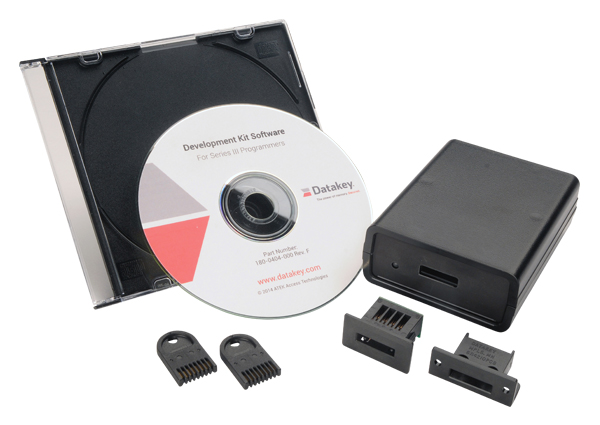 Unfortunately, it’s a fact of life that most distributors are just a local presence for their suppliers. They take orders. And they hold some stock. Thankfully, in the B2B engineering sectors, it’s somewhat different as there is, quite rightly, an expectation that value should be added. So, what is a value-added distributor? And what exactly is the nature of that value?
Unfortunately, it’s a fact of life that most distributors are just a local presence for their suppliers. They take orders. And they hold some stock. Thankfully, in the B2B engineering sectors, it’s somewhat different as there is, quite rightly, an expectation that value should be added. So, what is a value-added distributor? And what exactly is the nature of that value?
Publishing company Investopedia says:
The term “value-added” describes the economic enhancement a company gives its products or services before offering them to customers. Value-added helps explain why companies are able to sell their goods or services for more than they cost to produce. Adding value to products and services is very important as it provides consumers with an incentive to make purchases, thus increasing a company’s revenue and bottom line.
Regarding the ‘incentive’, we’re of the opinion it’s also about giving customers ‘confidence’. That’s certainly our experience, and we’ve been supporting customers in a variety of engineering sectors for more than 35 years.
A value-added distributor will always take the time to understand their customers’ requirements. Even when a customer has an idea of which product will meet their needs, there is often an alternative which might be a better fit; better in terms of functionality, price or availability (as lead times are always a factor).
Also, a good value-added distributor will not be suggesting alternatives as a means of upselling. There’s no point pushing to sell higher profit products that aren’t 100% fit-for-purpose and/or which aren’t available in quantities to support the customers’ product development and manufacturing schedules. That’s not the way to build long-term relationships.
It’s Good to Talk
If there’s to be any push in the value-added distributor-customer relationship it should be to understand and to help.
Case in point: One customer had purchased two SlimLink II readers, where the product is a stand-alone programmer for memory tokens and connects to a host pc via a standard USB port. As a courtesy, we wanted to check the customer had everything they needed but their company policy did not allow them to discuss their projects. But then they ran into a few technical problems and were asking questions of us while maintaining they still could not tell us what they were doing with the readers.
After jumping through a few hoops to allow the sharing of information, we learned they had been dismantling the readers to embed within their product. We were quick to recommend that a Unitroller II would be better. It is a single-board interface unit that also accepts tokens and interfaces via USB. It costs less than a SlimLink II reader and there’s no dismantling required to embed it into a product.
We saved the company time and money, plus the Unitroller II board has a short lead time. Most importantly, we now have a very good working relationship with that customer.
If a value-added distributor has access to development kits, they should be offered to their customer as early in the development cycle as possible. It allows them to provide the best possible level of support to the customer as they develop their product.
In the above example, had we been in discussions at the start of the customer’s project we would have recommended a SlimLink II development kit (pictured right). It contains 2x memory token samples, a SlimLink II programmer (which the customer had been buying on their own), a PCB board mount receptacle, a panel-mount receptacle, cables, software drivers, source code and documentation.
They would certainly have been able to fast-track their project by using the kit for product development and then switching to the Unitroller for embedding.
As mentioned, we have a good relationship with that customer, and though things could have been done more efficiently the end result is the same. They have the right parts for their products, and we’re pleased to be supplying those parts.
In summary, a value-added distributor should always be prepared to go out of the way to add value. It’s what they’re there for. It’s certainly what we’re here for and although this blog turned out to be more of a case study, we hope it answers the questions we posed at the start: So, what is a value-added distributor? And what exactly is the nature of that value?








